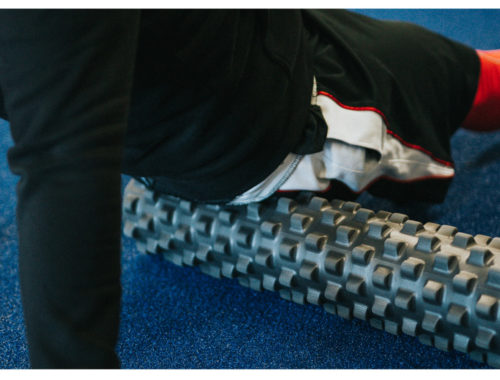Few words on kitefoil with Simone Vannucci
We had the chance to spend a few words with a good friend and great athlete about one of the faster-growing sailing sport: the kitefoil.
Let’s dive in and see some interesting aspects of this world hanging from a kite…

Simone Vannucci
Kiteboarding pioneer, now Head Coach of the Italian Kiteboarding National Team
-
What kind of difference can we see looking at a kiteboarding regatta compared to a dinghy one?
Kitefoil racing being the fastest sailing class after the ACs is very different than a classic dinghy racing. A kitefoil racer can go around a 1.2 miles windward-leeward course twice in less than 10 minutes, thanks to an average VMG of 20+ knots. Strategies and tactics are different consequently, but mostly the board and the foil are controlled solely with the ankles and quads, requiring a great deal of proprioception to feel and control the foil at high speed, strength to counterbalance the pressure of the kite and the foil, and fearless personality to sail standing on a foil at 30kts two meters away from another rider.

-
What kind of difference can we see in a kiteboarding athlete compared to a dinghy sailor?
Ankles are often the secret for speed as they control pitch and roll of the foil applying pressure on the board. Often great ankles, superior kite control, and absence of fear can count more than strength and size allowing a wide range of body types to excel in kite racing. That is not the case in other dinghy classes that have specific weight boundaries.
-
What did the foil introduction bring to kiteboarding races?
Kiteboard racing was already a fast class capable to beat Moth around the course and when the foils came around the class simply got faster and more technical.
-
And what’s about the physical effort of the contenders?
The effort of the kite racers changes a lot according to the style and proprioceptive skills of the rider. Some riders are more sensitive and others are more powerful using different techniques To try to control their foils at high speeds. Unlike dinghy boats that are often sailed by racers at similar speeds, kitefoil racers are still far away from being able to push their foils close to their top potential. The result is a difference in speed that can be as big as 3+ knots between riders at the front of the pack and the rest of the fleet.

-
Do you think kiteboarding could be also a good training tool for dinghy sailors?
Physically I don’t think so as you use hands and ankles in a very different way compared to a dinghy but kitefoil racing is sailing, it’s just done at a much higher speed. I can see being able to take a decision in split second something that can transfer well from a kitefoil race course to a dinghy course.
-
How do you see the on-land physical training for the athletes?
Physical land training is still overlooked by kitefoil racers in general as so much importance is given to kite and foil control. Now the speeds keep on rising, But when they will be more leveled across the fleet, then fitness will be the key to climb the rankings.

-
Sometimes in sports, athletes (and coaches) do not attribute the right importance to prevention and enhancing training. That’s quite spread in sailing too. What do you think about it?
Sailing is technical and done in an everchanging environment like the water. Naturally, the sailing skills have shadowed physical training for many years. Recently things have changed thanks also to the approach shown by America’s cup. Kitefoil racing is the last addiction to sailing and its beach and recreational background bring riders and coaches to underestimate the importance of physical training.
-
The Olympic format for kiteboarding seems like a great challenge. How do you see it among the other classes, and how do you deal with it speaking about training?
Kitefoil racing will debut in Paris2024 with a brand new format that requires a man and a woman to go around a short course in a relay.
The format is still developing but exiting challenges are coming with the relay that requires specific training. The course is much shorter therefor positioning and starts will be more important than speed.
You May Also Like

Welcome to the Focus Lounge
August 21, 2020
Filling the glasses
November 20, 2020

